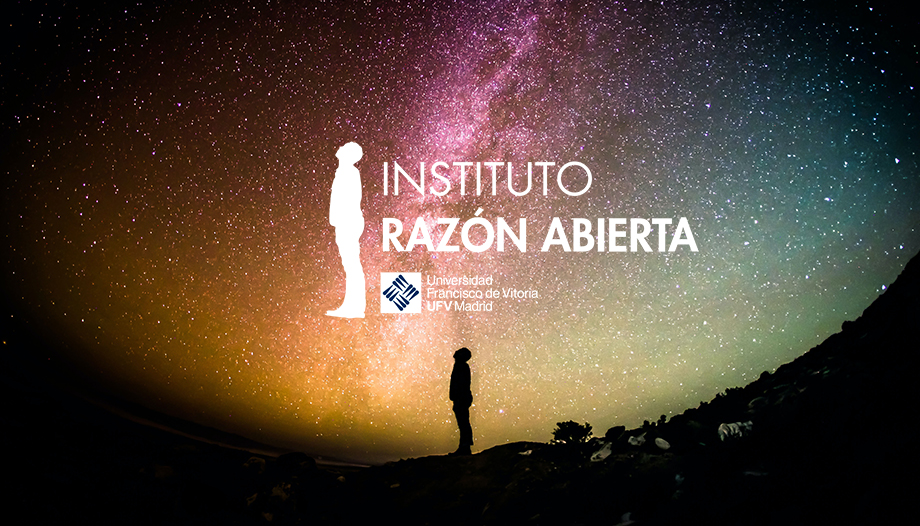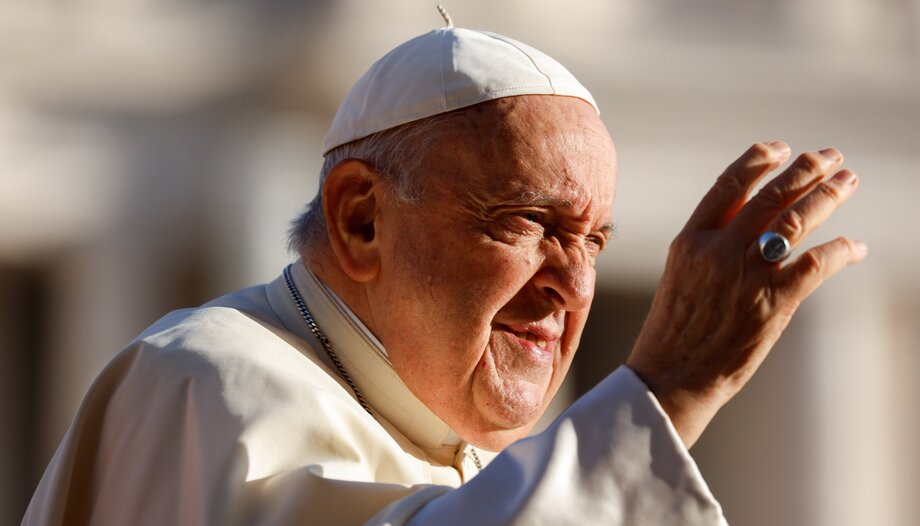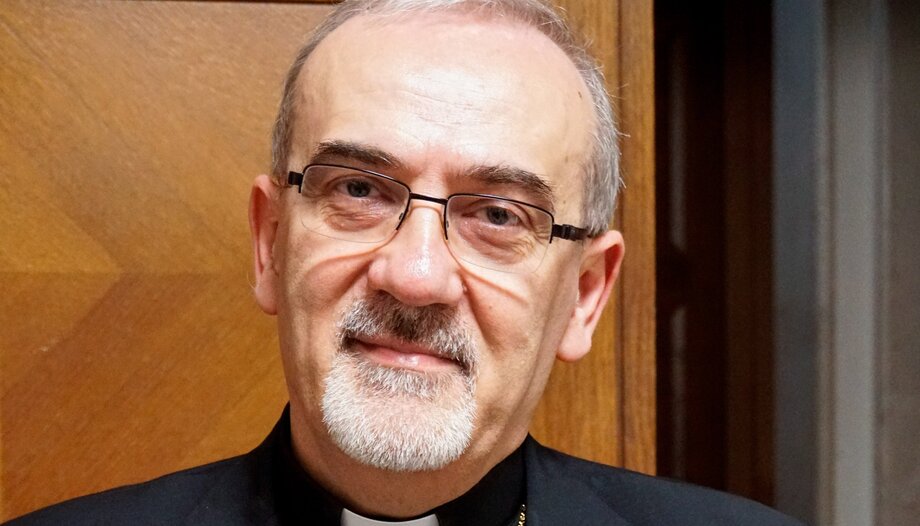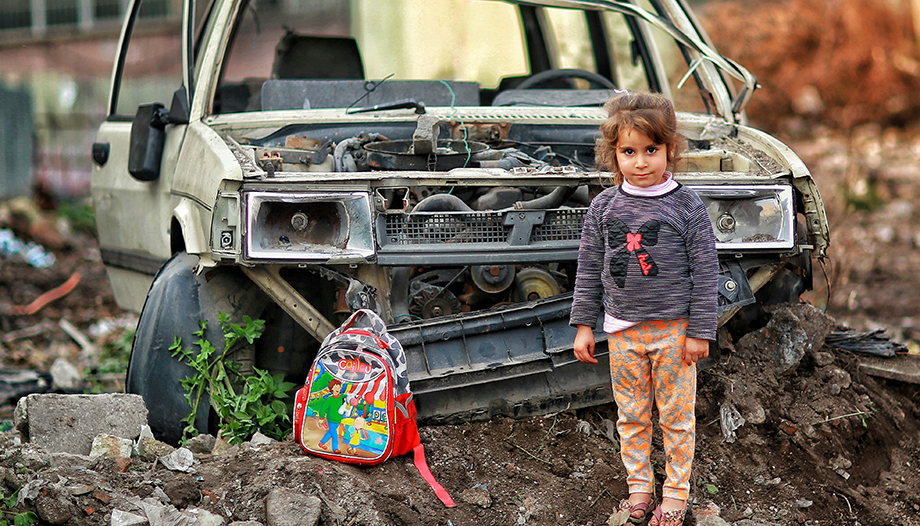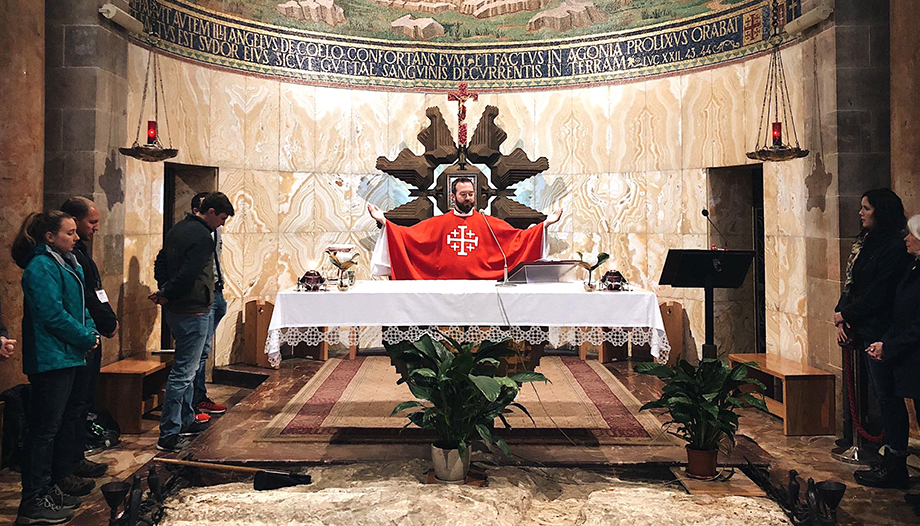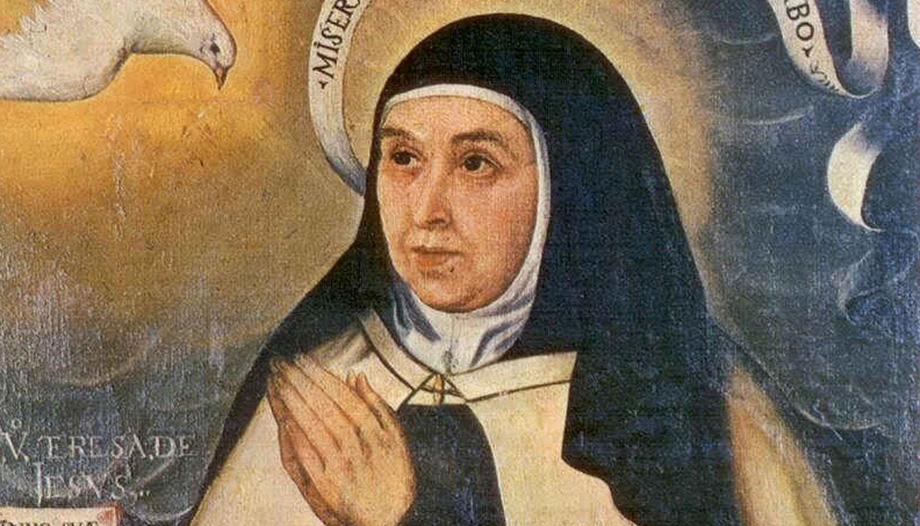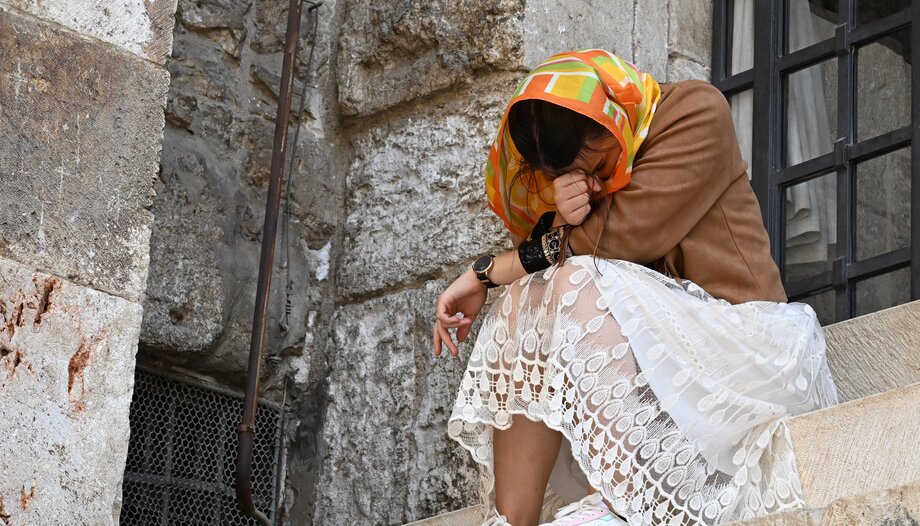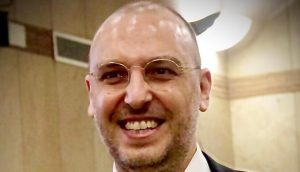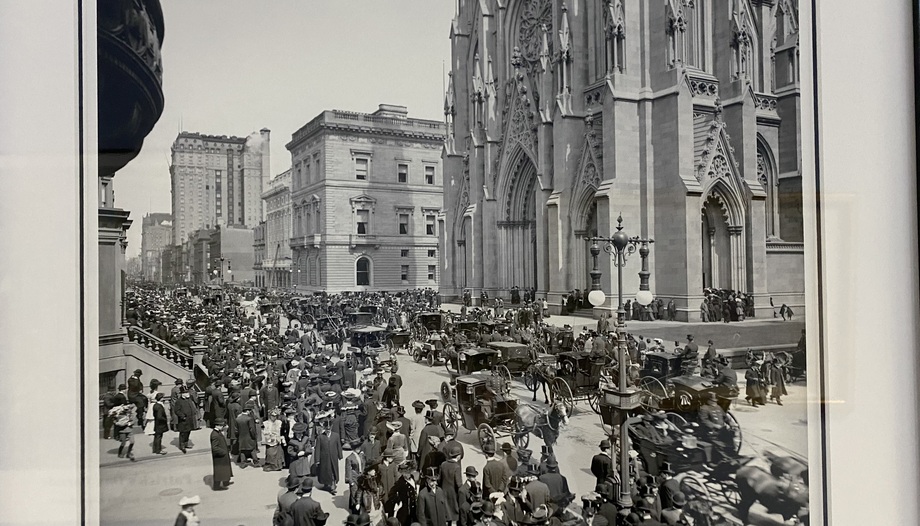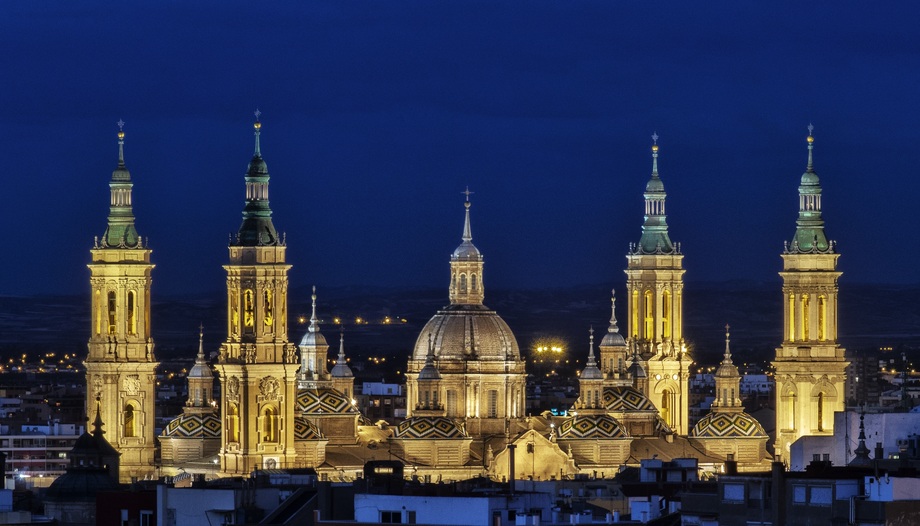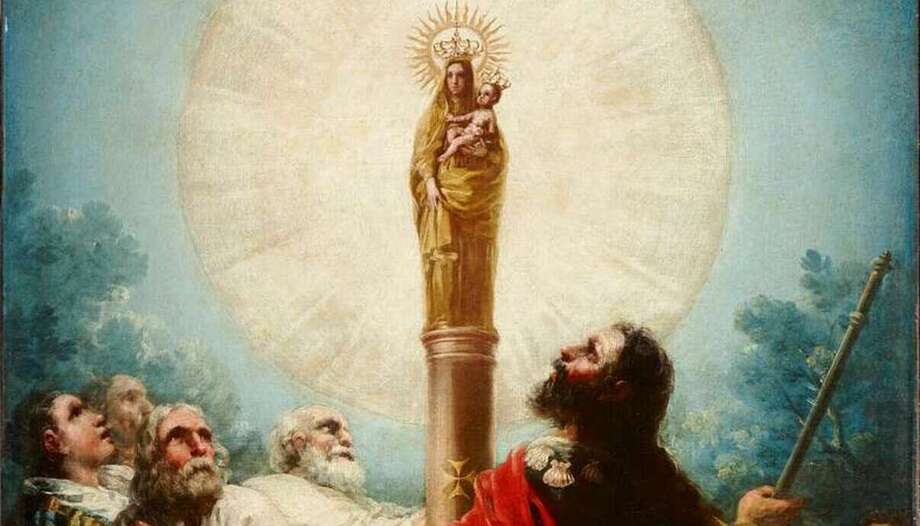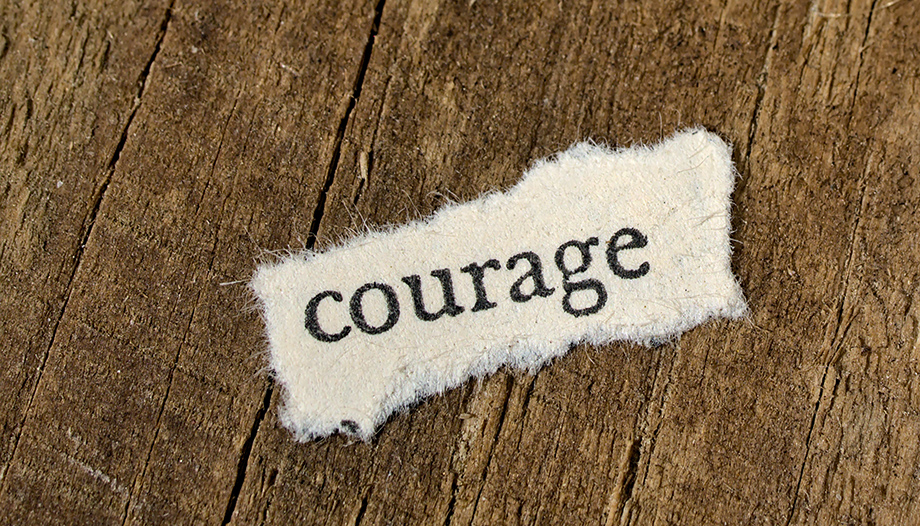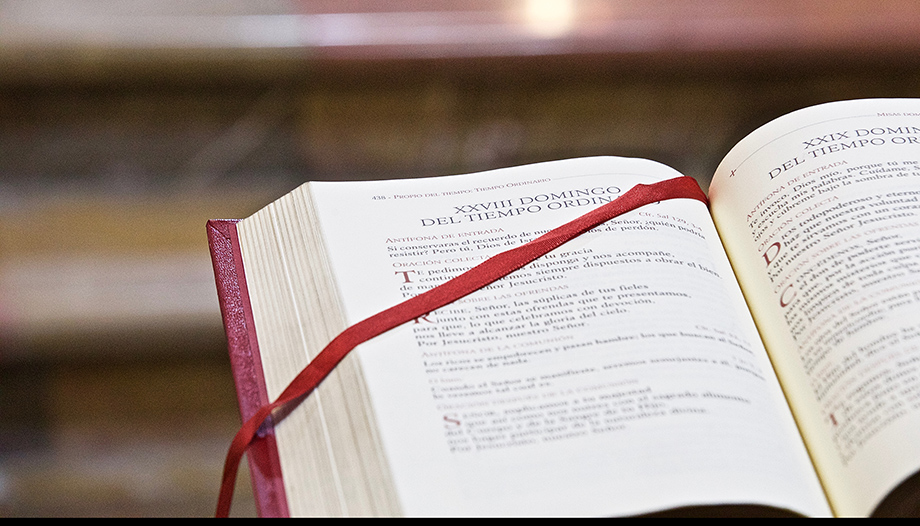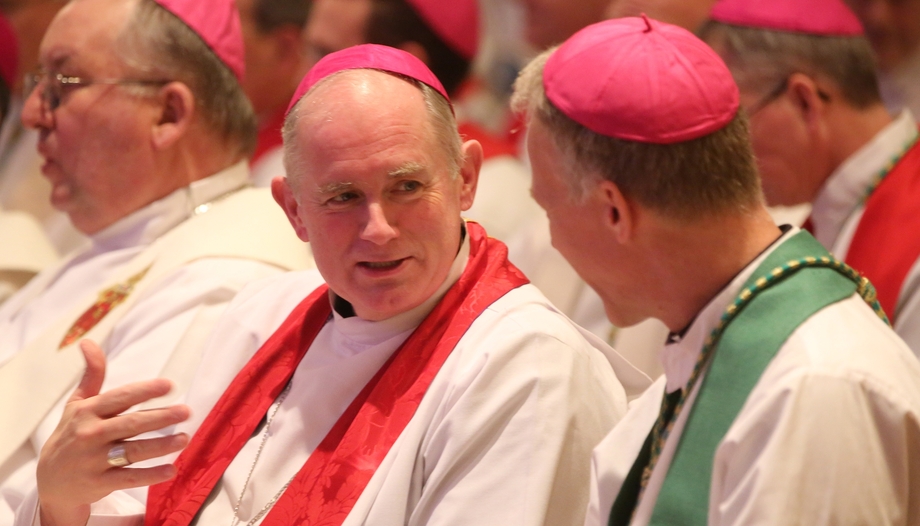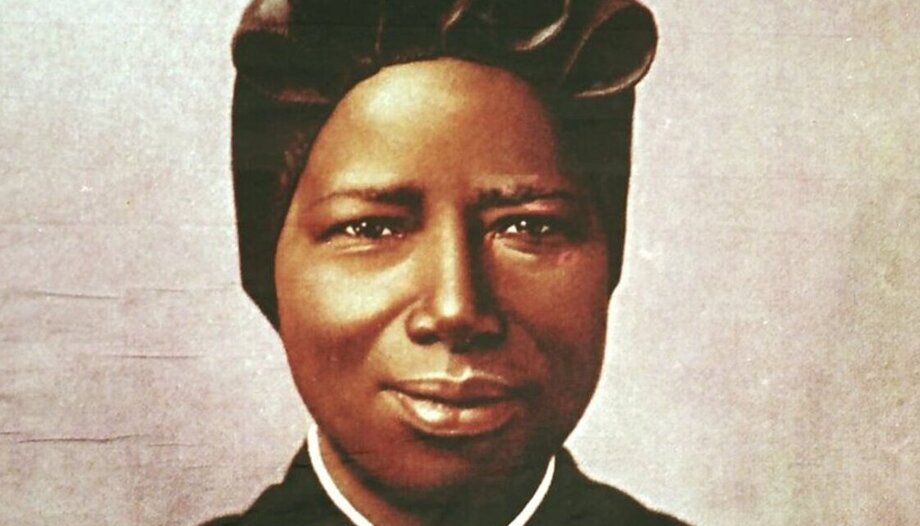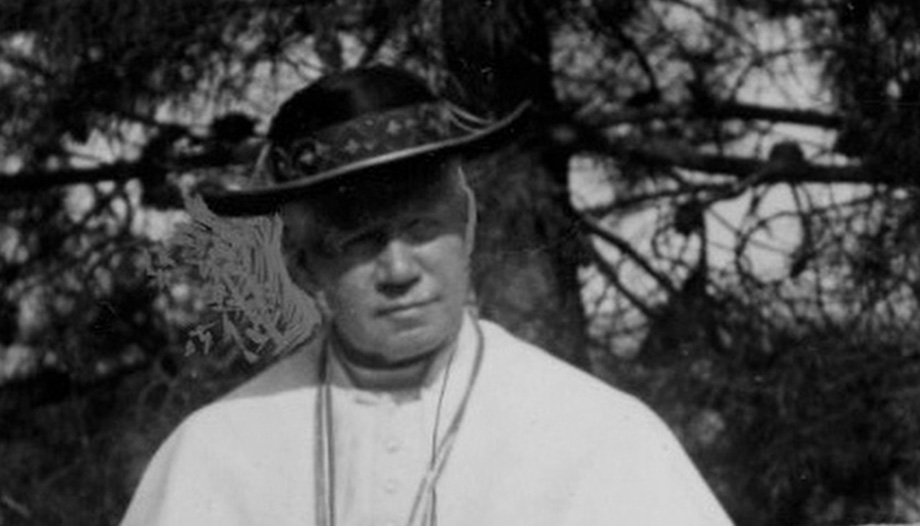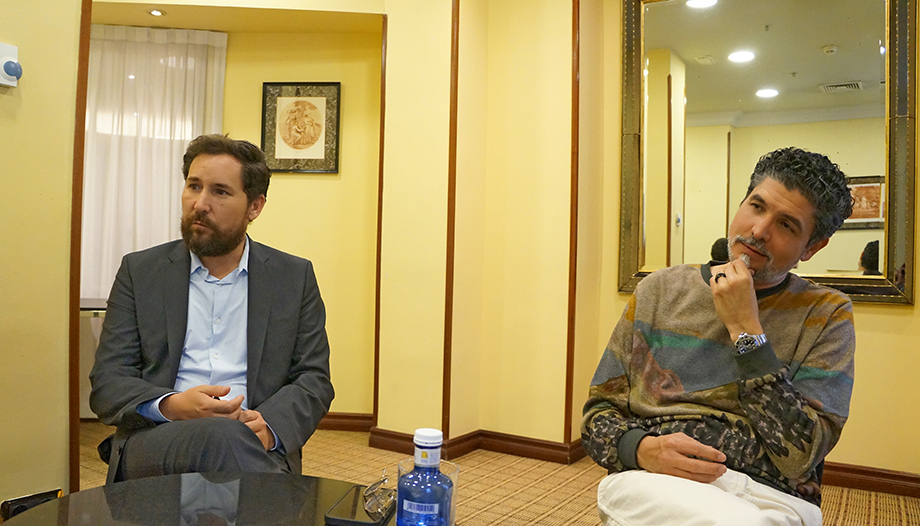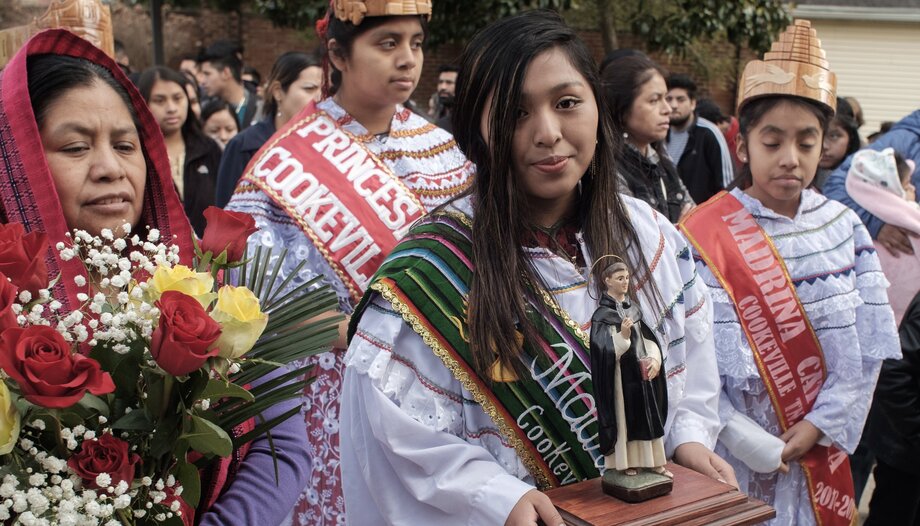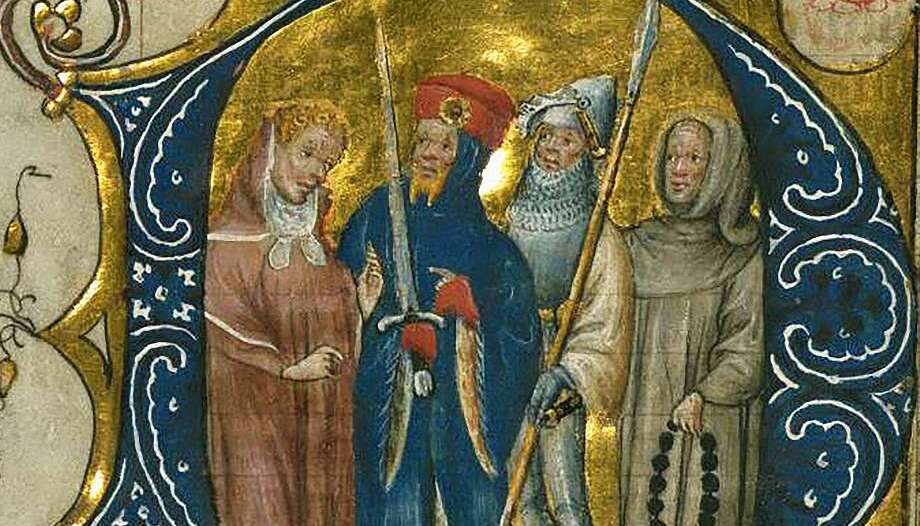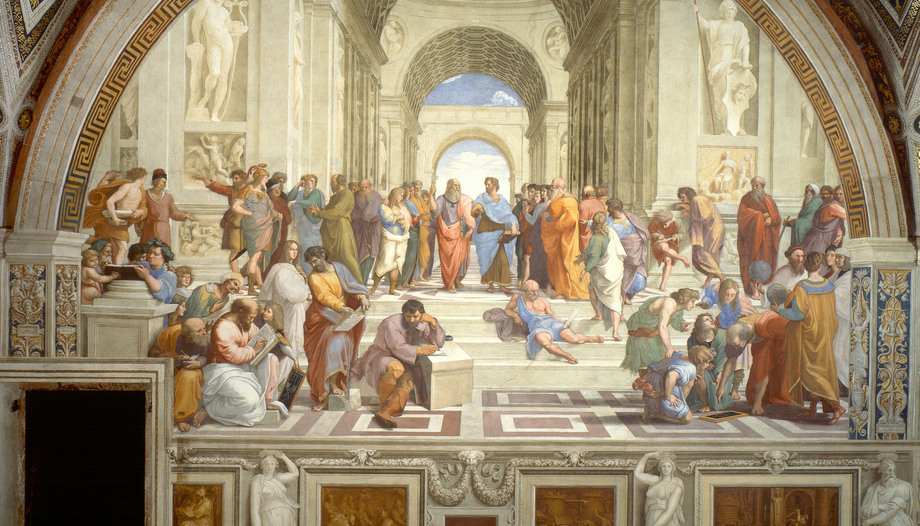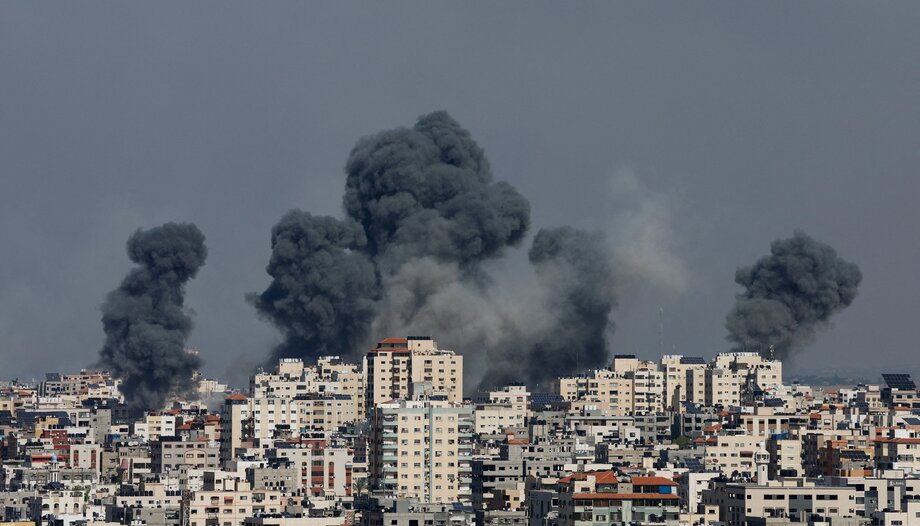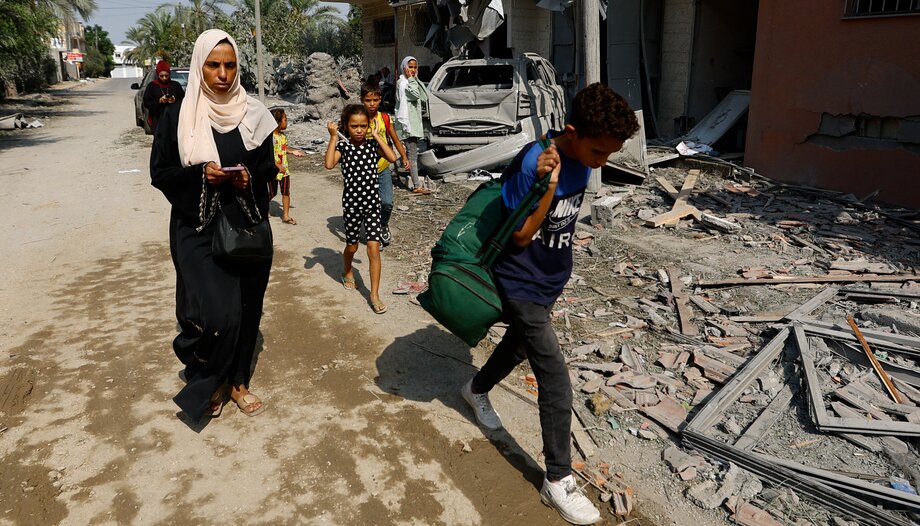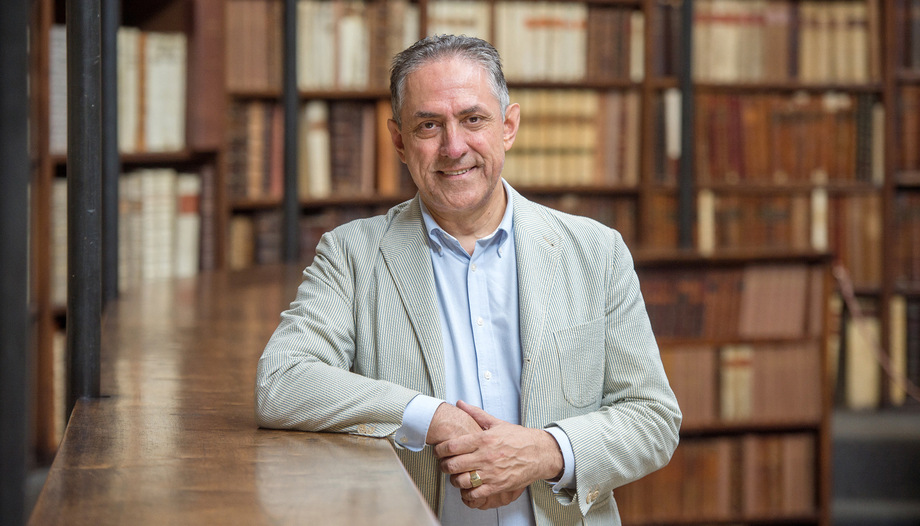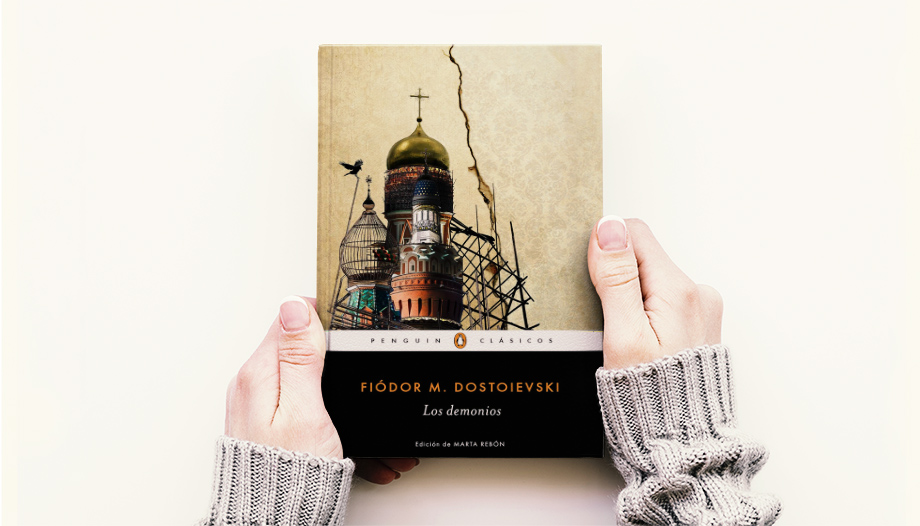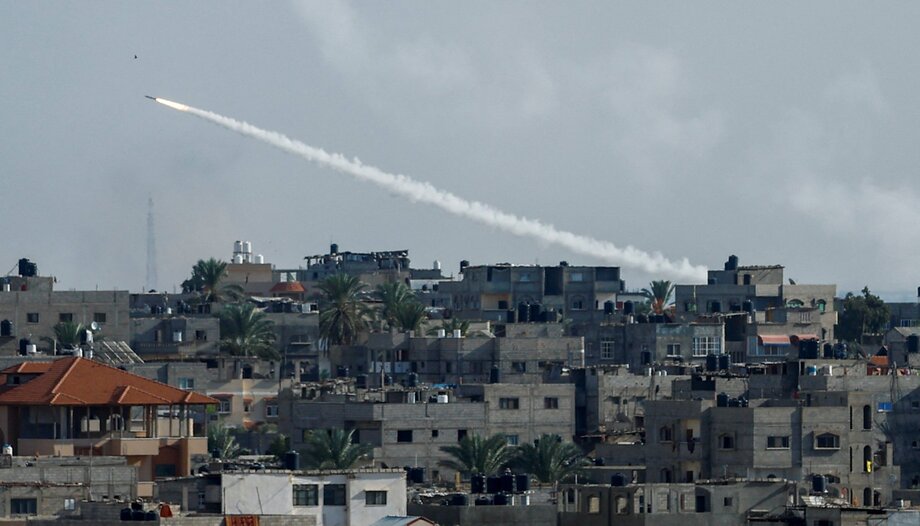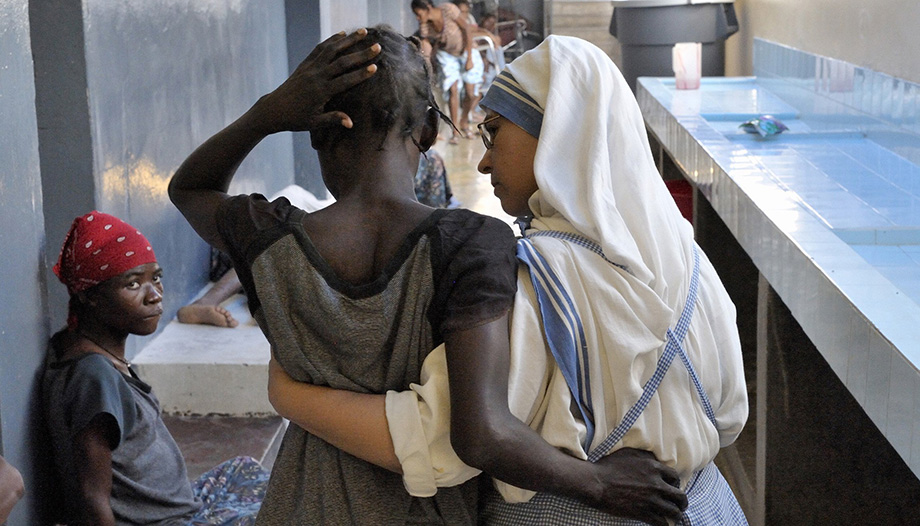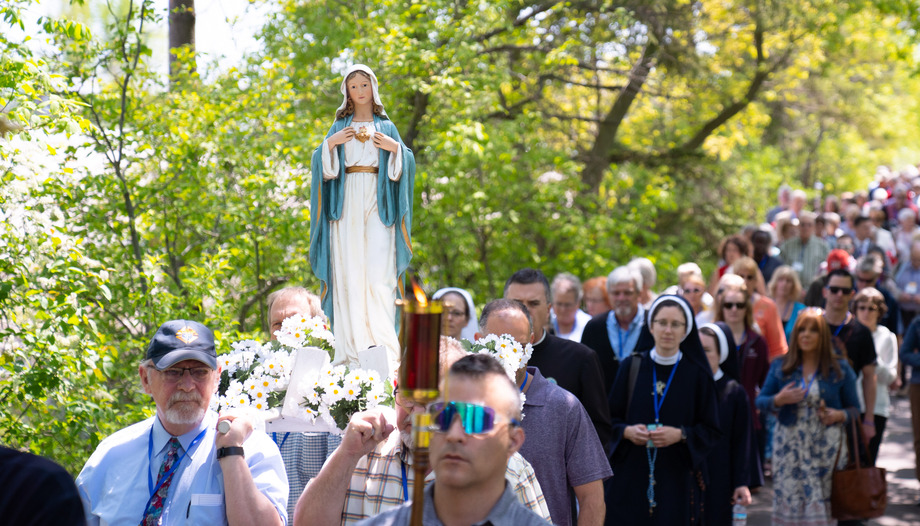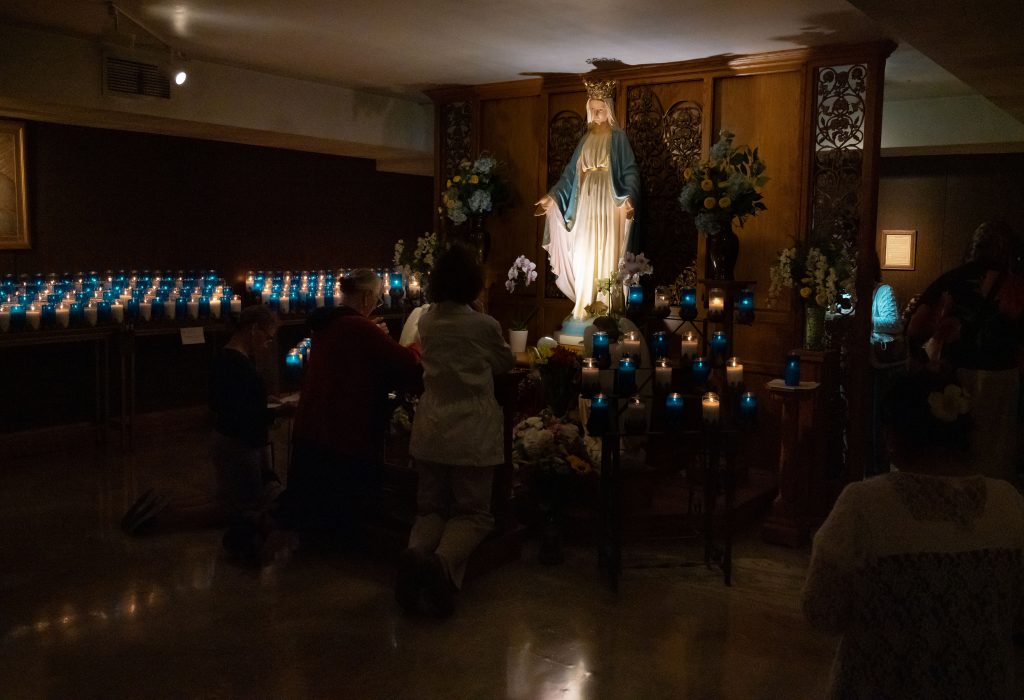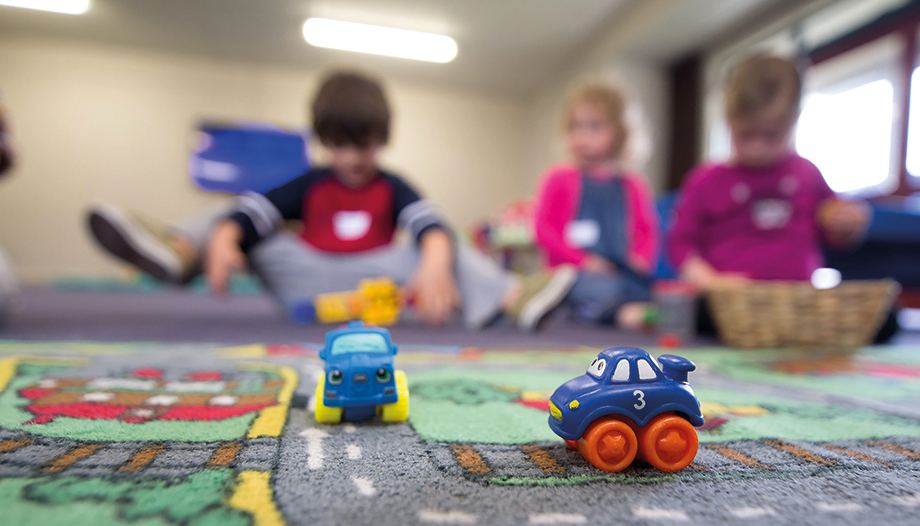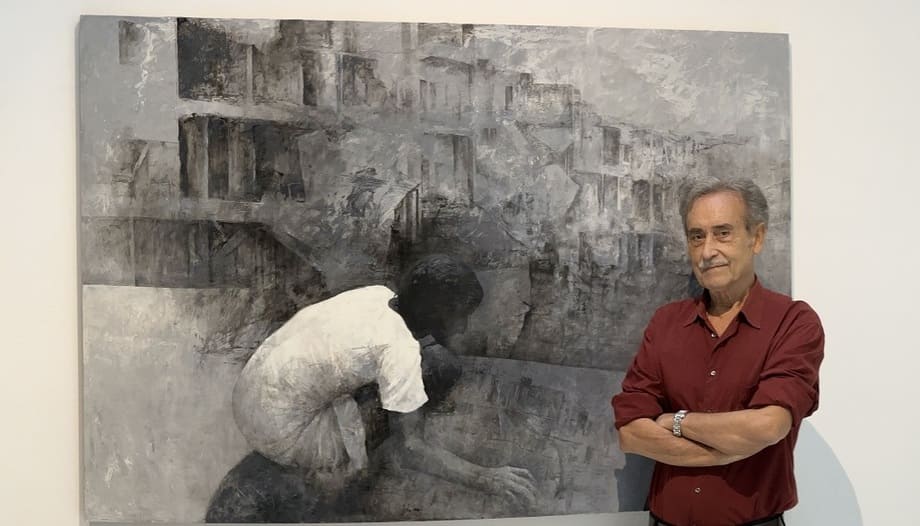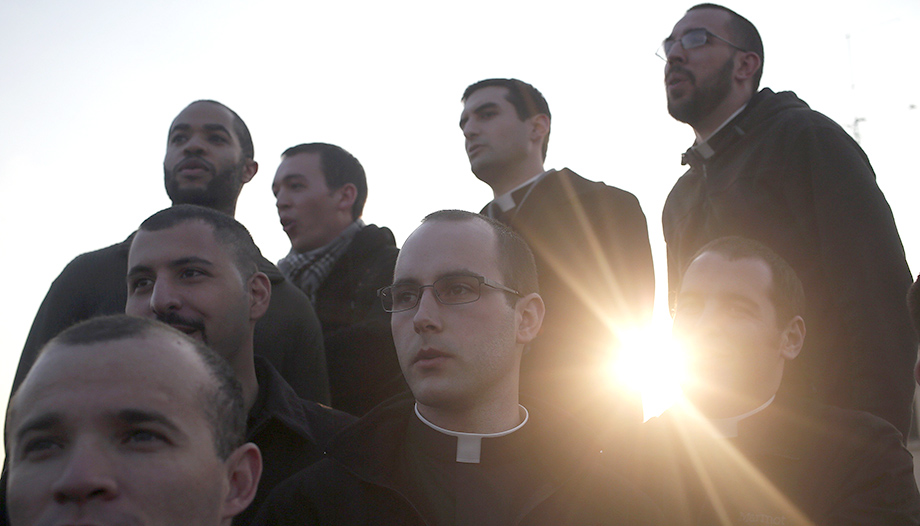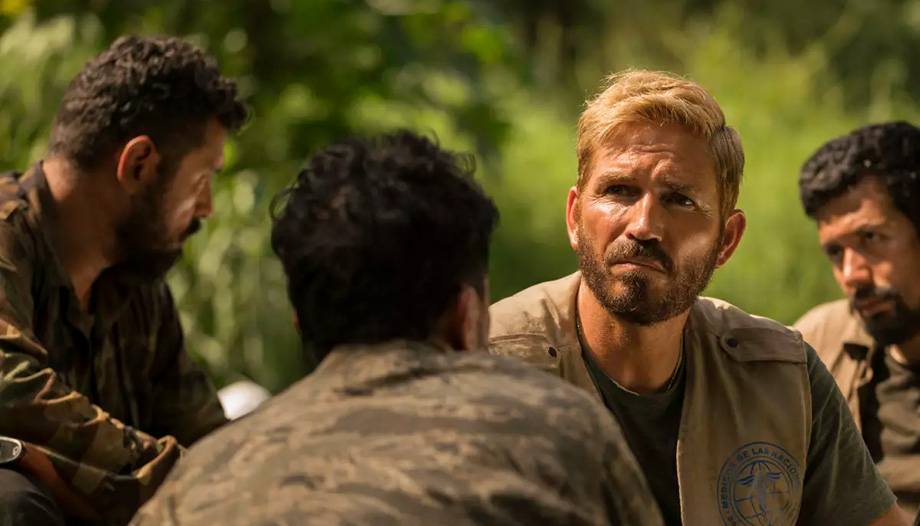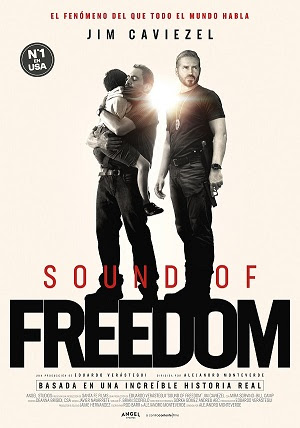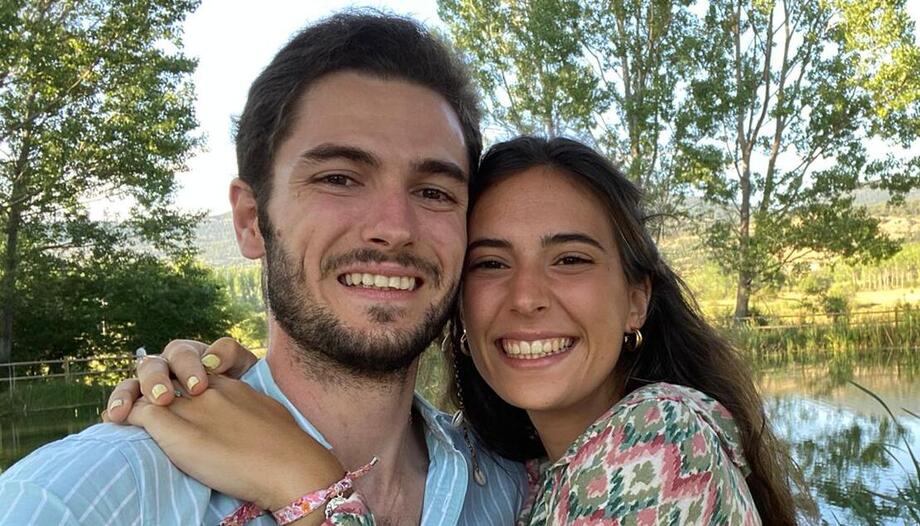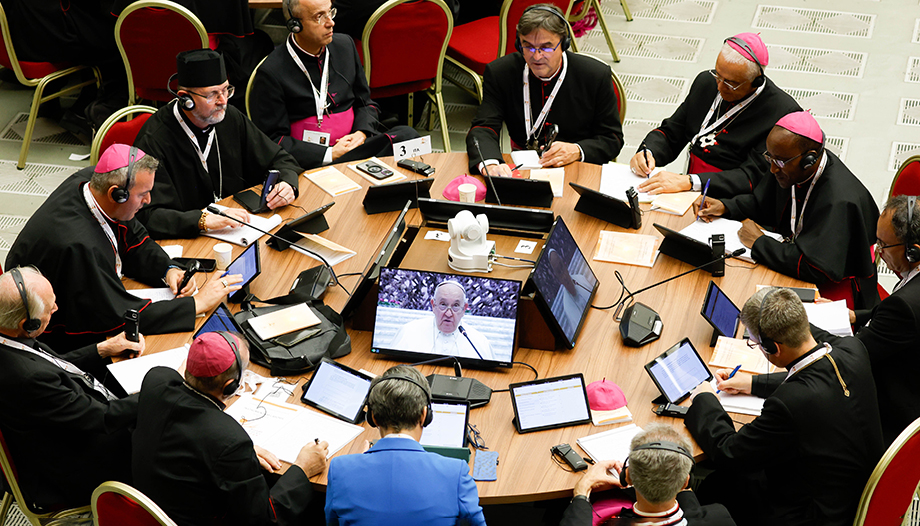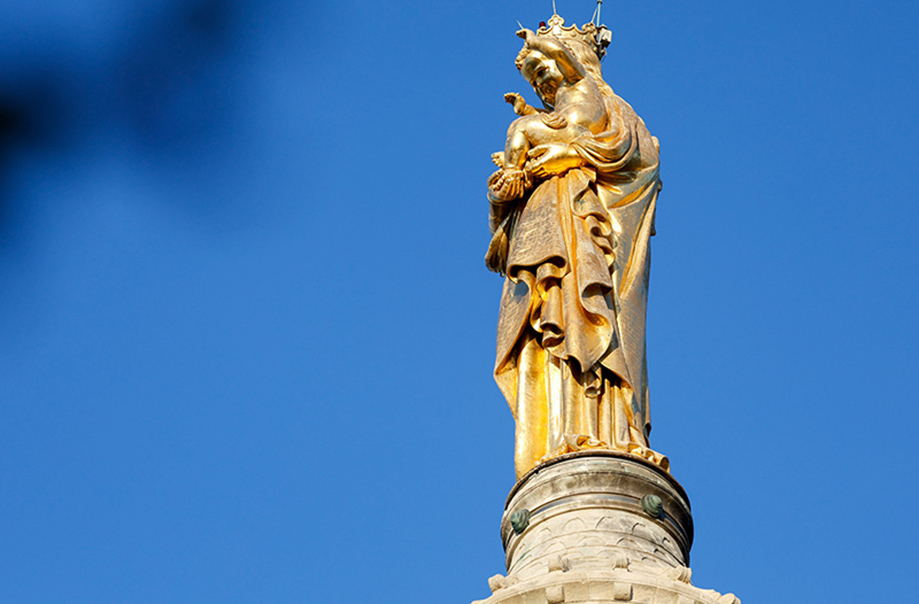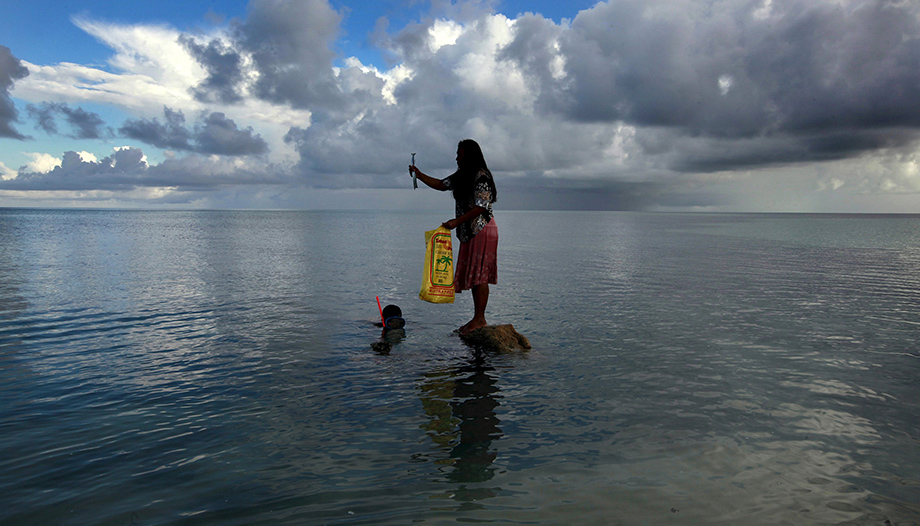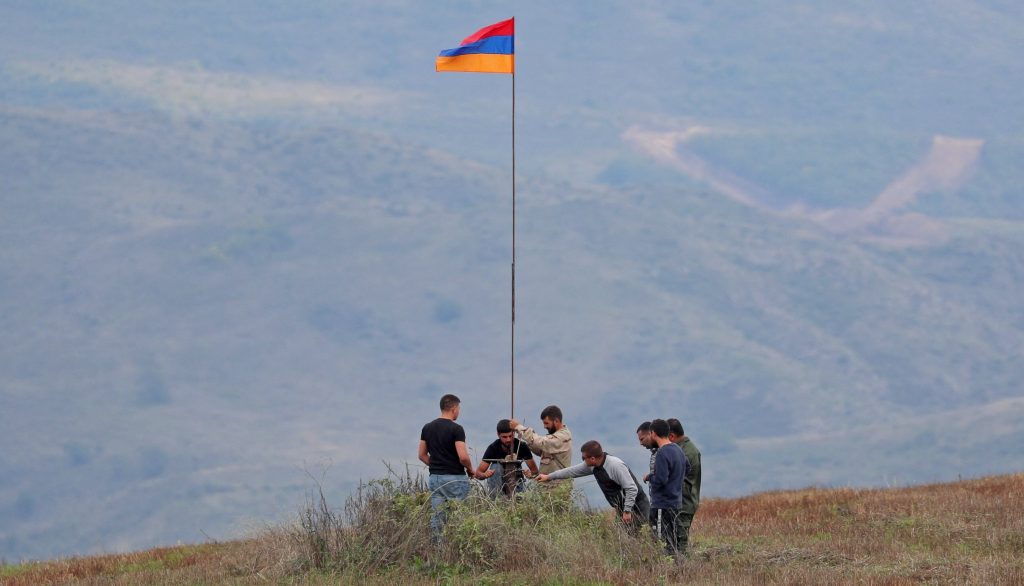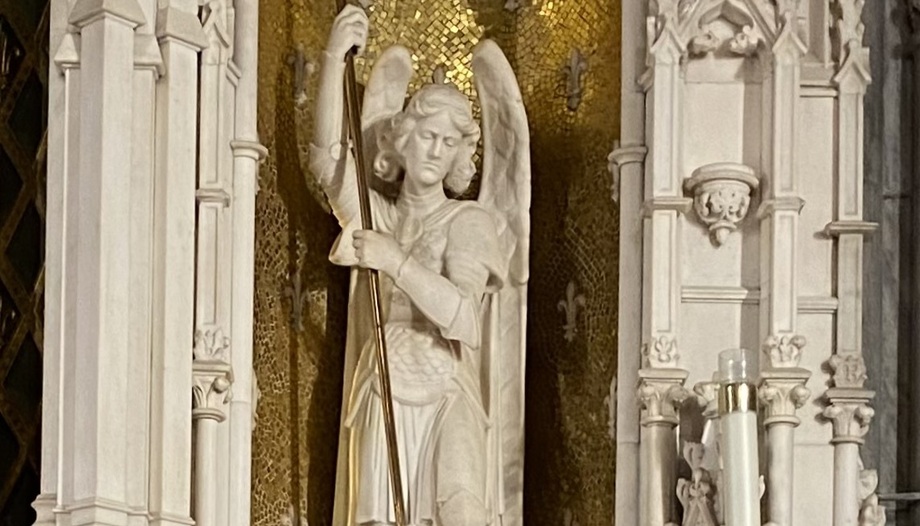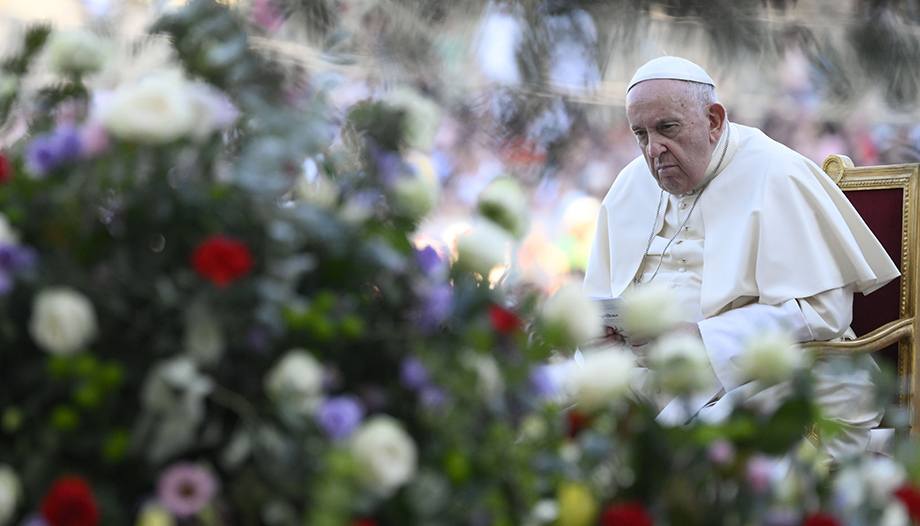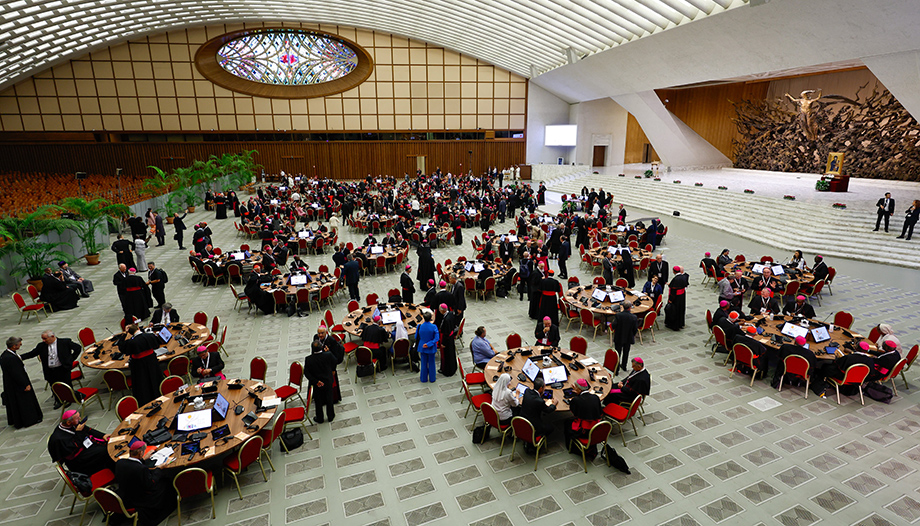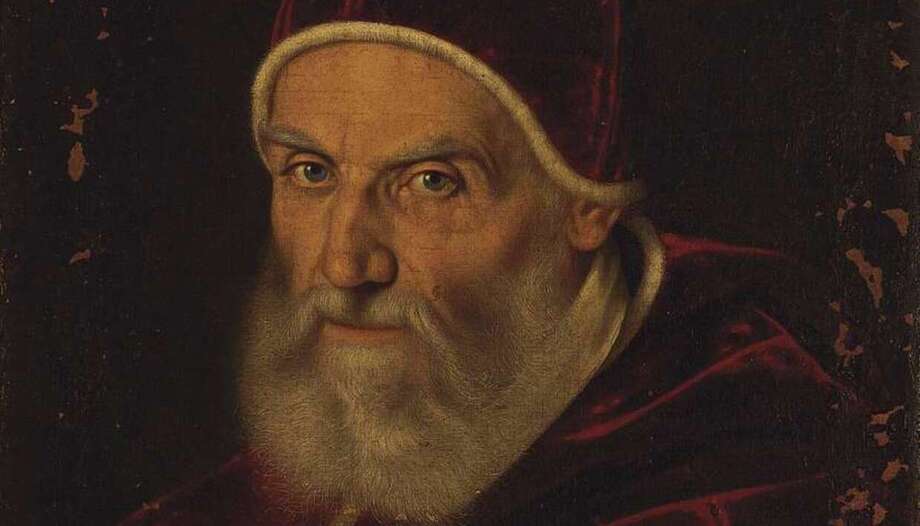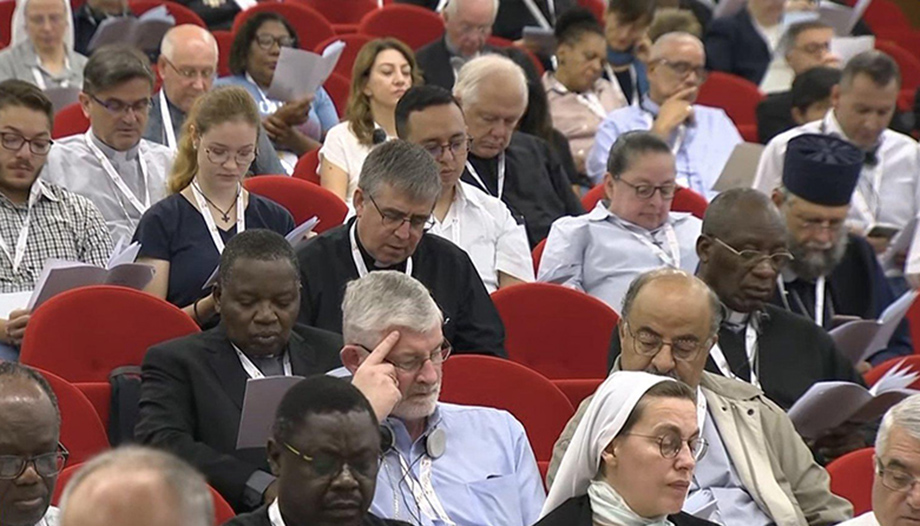This first article focuses on religious diversity in what we know today as Israel.
In this land, with a Jewish majority, the Christian religious presence is represented in various denominations and alongside them, Muslim communities.
Before the creation of the State
In the late 19th and early 20th centuries, the vast majority (just under 80%) of the population of the Palestinian region was Muslim. However, Christians were a sizeable minority (about 16%) and were present mostly in Bethlehem, Jerusalem and Nazareth, where they constituted more than half (if not the majority, as in Bethlehem and Nazareth) of the inhabitants.
Before the beginning of mass emigration from Europe, with the advent of Zionism (we have talked about it in other articles) Jews were instead only 4.8% of the citizens, concentrated in Jerusalem, Tiberias, Safed, and there was an even smaller Druze presence.
Until the end of World War I, the region of Palestine was a province of the Ottoman Empire, a state founded on a religious rather than an ethnic basis: the Sultan was also "prince of the believers", therefore caliph of the Muslims of any ethnicity (Arabs, Turks, Kurds, etc.), who were considered first-class citizens, while Christians of the various confessions (Greek Orthodox, Armenians, Catholics and others) and Jews were subject to a special regime, that of the millet which provided for any non-Muslim religious community to be recognized as a "nation" within the empire, but with an inferior legal status (according to the Islamic principle of dhimma). Christians and Jews, therefore, did not participate in city government, paid exemption from military service through a capitation tax (jizya) and a land tax (kharaj), and the head of each community was its religious leader. Bishops and patriarchs, for example, were thus civil officials immediately subject to the sultan.
The creation of the State (1948): Israel as an ethnic democracy
The Israeli sociologist Sammy Smooha, in an article entitled "The model of ethnic democracy: Israel as a Jewish and democratic state." (in Nations and Nationalism, 2002) calls Israel an "ethnic democracy".
It is a concept that refers to a democratic form of government, in which one ethno-religious group (Jews are, in fact, an ethno-religious group) predominates over others, although all citizens enjoy full civil and political rights, regardless of their ethnic and religious affiliation, and can participate in political life and the legislative process.
In this, an ethnic democracy differs from an ethnocracy or a "Herrenvolk democracy", in which, on the other hand, only one ethnic group enjoys full political rights (e.g. South Africa under the apartheid regime, which is why it is not correct to speak of apartheid in Israeli society, since the separation between ethnic groups is not imposed by law, but is usually a choice of each ethnic and religious group).
Sammy Smooha identifies eight steps necessary for the formation of an ethnic democracy:
1. The identification of the founding values of the state with those of the predominant ethnic group.
2. The identification of the ethnic group with citizenship by the State.
3. The State is controlled by the predominant ethnic group.
4. The State is one of the main mobilizing forces of the ethnic group.
5. There is difficulty, or impossibility, for those who are not part of the predominant ethnic group to obtain and enjoy full civil rights.
6. The state allows ethnic minority groups to form parliamentary and extra-parliamentary organizations that become very active.
7. The State perceives these groups as threats.
8. The State imposes forms of control on these groups.
In the same work, Smooha also identifies ten conditions that can lead to the founding of an ethnic democracy:
- The predominant ethnic group constitutes a solid numerical majority.
- The predominant ethnic group is the numerically largest ethnic group, although it is not the majority.
- The predominant ethnic group has strong ties to democracy (e.g., it is the group that founded it).
- The predominant ethnic group is an indigenous group.
- Ethnic minorities are allochthonous.
- Ethnic minority groups are fragmented into many groups.
- The predominant ethnic group has undergone a diaspora phenomenon.
- There is some involvement on the part of the countries of origin of the ethnic groups.
- There is international interest in the matter.
- There was a transition from a non-democratic regime.
Presence of religions in Israel
These conditions are almost entirely found in the State of Israel, where Jews, the dominant ethnic group, constitute 73.6% of the population (although 65% of Jews describe themselves as non-religious and 8% as atheists, making it the eighth least religious country in the world).
The Israeli Arabs (descendants of Palestinians who in 1948 decided to stay on their land and live in the newly founded Jewish State) are 21.1% and 5.3% belong to other ethnic groups.
The Arabs living in East Jerusalem and the Golan Heights, unlike those living in the rest of the country, are permanent residents (they do not have Israeli citizenship, but may apply for it). Although de jure fully integrated into the democratic fabric of the state, the Arab minority suffers from various social and economic hardships.
The personal status of citizens continues to be governed by the system of millet The Ottoman system, according to which jurisdiction over certain disciplines, especially marriage and divorce, is vested in the respective religious denomination (every Israeli must declare to which denomination/ethnicity he/she belongs and, until 2005, this information was included in the identity card). In Israel, for example, there are no civil marriages and the State recognizes marriages performed by recognized religious authorities (Jewish, Muslim, Christian and Druze).
The Israeli Jews are not a monolithic bloc; on the contrary, there is great diversity within the community. Muslims, on the other hand, represent about 19% of the population and are almost all Sunni.
In addition to the Druze (an ethno-religious group whose doctrine is a derivation of Shiite Islam and is strongly integrated into Israeli society, to the point that its citizens perform military service, from which Muslims and Christians who do not request it are excluded), 2.1% of Israelis (161,000 people) are Christians.
Christians in Israel
Israel's Christians are mostly Greek Catholic (Melkites) and Greek Orthodox, but there is also a considerable minority of Roman Rite Christians (about 20,000 people). In smaller numbers are Maronites, Syriacs, Copts and Armenians.
Although there are about 127,000 Christian Arabs (present mainly in Nazareth, Haifa, various towns and cities of Galilee and Jerusalem), there is also a minority of 25.000 Slavic Christians (also Orthodox) and several thousand Messianic Jews (Jews who have converted to Christianity but continue to profess themselves Jews), belonging above all to the Pentecostal reality, but of whom there is also a small number of converts to the Catholic Church, for whom, in addition to the numerous Catholic immigrants in the country, the Latin Patriarchate of Jerusalem has created the Vicariate of Santiago for Hebrew-speaking Catholics and that of emigrants and asylum seekers.
The Roman Catholic Church in Israel, in particular, is administered by the Latin Patriarchate of Jerusalemwhich also has jurisdiction in the Palestinian National Authority, Jordan and Cyprus, and which has under its custody, in addition to the Basilica of the Holy Sepulchre (shared with the Armenians, Copts, Syriacs and Greek Orthodox), the Co-Cathedral of the Most Holy Name of Jesus, in Jerusalem, the basilicas of the Dormition of Mary, St. Anna and St. Stephen in Jerusalem, the basilica of Stella Maris on Mount Carmel in Haifa, the basilica of Emmaus on Mount Carmel in Haifa, and the basilica of the Holy Sepulcher on Mount Carmel in Jerusalem. Anna and St. Stephen in Jerusalem, the Basilica Stella Maris on Mount Carmel in Haifa, and the Basilica of Emmaus.
Traditionally, and long before the restoration of the Latin Patriarchate in the Holy Land (1847), the Catholic presence has been safeguarded by the Franciscan Custody of the Holy Land, which has overseen and administered most of the Catholic Christian holy places in the Holy Land since 1217.
Some facts about Christianity in Israel
According to the data provided by the Pew Research Center The population in Israel is distributed as follows:
1. Most Christian Israelis are ethnically Arab.
2. From a political point of view, Christian Israelis share with Muslims the view that Israel cannot be a true democracy and a Jewish state at the same time, and are against Jewish settlements in the West Bank and Israel's excessive closeness to the United States.
3. Israeli Christians tend to be less observant than Muslims but, in percentage terms, more so than Jews.
4. Christian Israelis tend to live separately, and with few relations, with Arabs of other religions and with Jews (they disapprove of mixed marriages).
5. As a factor of identity, certain practices are very common among Israelis of Christian confession, such as baptism, the presence of images or sacred objects in the home or to wear, fasting during Lent, etc.
Christians in Israel and education
Israel's Christians, according to the Maariv newspaper and data from the Israeli Central Bureau of Statistics, constitute "the most successful in the country's educational system."
If one takes into account, in fact, the data recorded over the years, the Christian Arabs are the ones who have obtained the best results, in the field of education, compared to any other group in Israel, and not only because they are the creators and managers of excellent primary and secondary schools, universities and special centers for the treatment and accompaniment of disadvantaged minors and in problematic conditions (famous is the one in Nazareth).
In terms of education, in fact, the number of Arab students who have obtained a bachelor's degree in recent years is 64%, compared to 48% for Muslims, 55% for Druze and 59% for Jews.
If we then look at university degrees, 56% of Christian Arabs earn a degree, compared to 50% of Jewish students, 36% of Druze and 34% of Muslims.
In general, Christians are well regarded by Jews and constitute a kind of national glue, although they are increasingly squeezed between two larger groups (Jews and Muslims), in sharp decline and victims, in recent years, of numerous acts of vandalism and discrimination by fringes of ultra-Orthodox Judaism, galvanized by politically questionable figures such as Itamar Ben Gvir of the Otzmah Yisraeli Otzmah Yisrael party, of numerous acts of vandalism and discrimination by fringes of ultra-Orthodox Judaism, galvanized by politically questionable figures, such as Itamar Ben Gvir, of the Otzmah Yehudit party, often accused, for his extremist and Kahanist positions, of inciting hatred against Arabs.
In the current context of dramatic instability, therefore, Arab Christians, concentrated mainly in the north of the country, are at greater risk if one considers the northern front (Lebanon and Hezbollah: it must be said that missiles from southern Lebanon often hit villages with Arab-Muslim and Arab-Christian populations, claiming victims within these religious groups).
The authorGerardo FerraraWriter, historian and expert on Middle Eastern history, politics and culture.
 UFV and Ratzinger Foundation announce the VI Open Reasoning Awards
UFV and Ratzinger Foundation announce the VI Open Reasoning Awards Joseph Weiler and Michel Fédou receive the Ratzinger Prize
Joseph Weiler and Michel Fédou receive the Ratzinger Prize Ratzinger Foundation honors new "cooperators of the truth".
Ratzinger Foundation honors new "cooperators of the truth".




